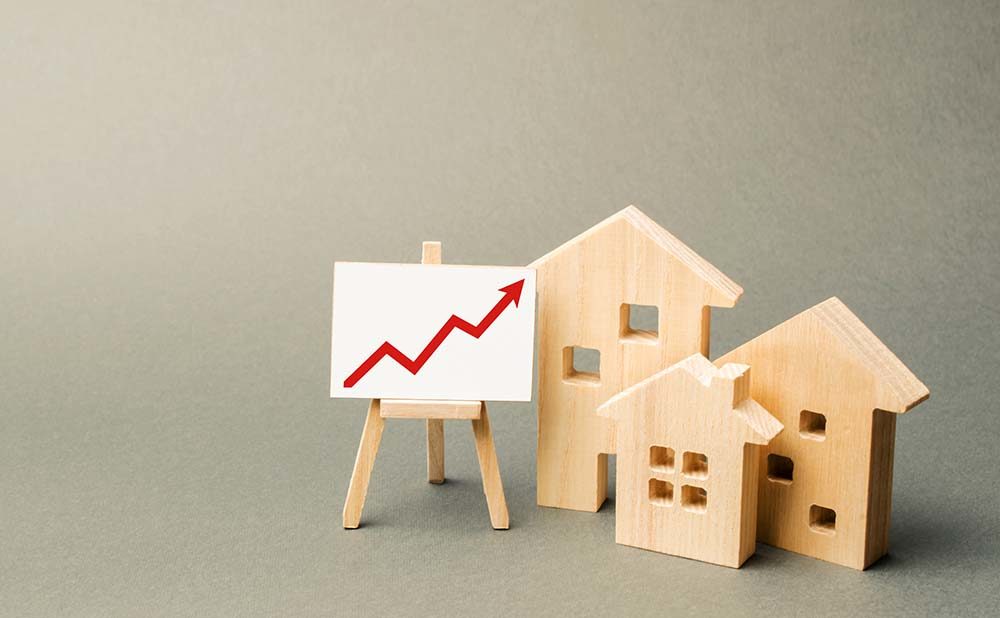
We all knew the day would come when mortgage rates would rise. Last month when Federal Reserve Chairman, Ben Bernanke hinted the Fed might begin backing off its monthly quantitative easing, mortgage rates climbed up well over 4%. This has many potential and existing homeowners who had been considering purchasing a home or refinancing one in a panic and under the misconception that it’s too late to do so. Last month refinancing applications dropped 3.4% and home purchases fell 3%. But the truth is there’s no reason to panic since home financing is still extremely affordable at today’s interest rates.
During the last decade, the Fed kept mortgage rates artificially low. What we witnessed last month was rates finally bottoming out. At the end of April, we saw 3.35% for a 30-year fixed mortgage increase to 4.46% at the end of June. But if you look at mortgage rates historically, they are still extremely low, especially when you consider that mortgage interest rates averaged 12.71% in July 1980 and climbed to 18.45% in September 1981. During this time period people still bought homes and housing prices increased slightly during the same time period.
For homeowners considering a refinance, or potential home buyers looking to make a purchase in the near future, it’s important to avoid getting sucked into short-term data. A home refinance or purchase are both big purchases and now is the time to lock into a 30-year fixed mortgage at a low rate since the rock bottom lows we’ve experienced aren’t likely to return anytime soon.
If you’re looking to purchase a new home, now is the time to pull the trigger. If your ability to purchase a home depends on a percent interest rate difference, you should consider if buying a home is a practical financial move. Consider a 4.5% interest rate on a $208,000 loan which is $119.90 per month. An increase of $120 per month isn’t going to make buying a home unaffordable and if it does, you’re not in a financial position to buy.
What can really take a bite out of your wallet are rising home values. The Fed has indicated it plans to keep a hold on interest rates for the next few years but this could push housing prices up and faster than many consumers expect as more people will be in the market for purchasing new homes. When home prices increase by 10%, monthly mortgage payments can increase by more than a half percent in 30-year mortgage rates.
A little perspective goes a long way. Sure, rates aren’t as low as they have been. But that doesn’t mean you have to throw away your dream of being a homeowner. Thirty years ago our parents financed homes at double-digit rates and survived. Now is the time to take advantage of mortgage rates in the low single digits. As long as you’ve done your homework and know what you can afford, don’t let rising mortgage rates impact your decision to buy or refinance a home. Home purchase and loan refinance are for the long term.